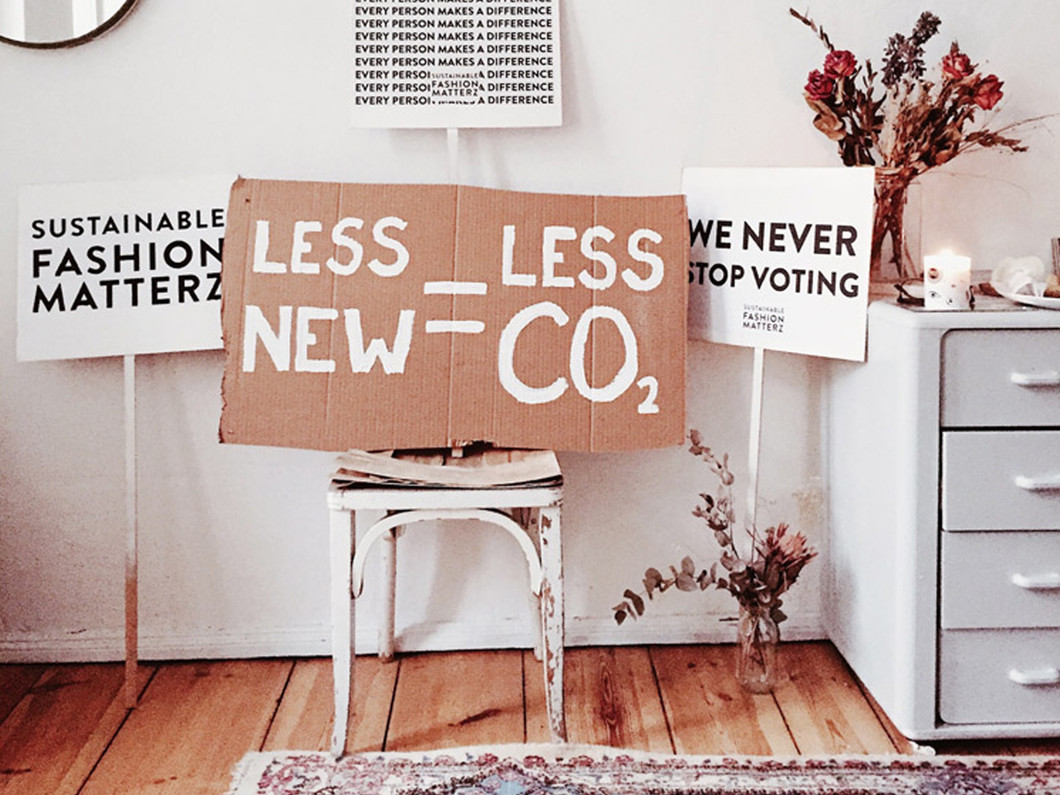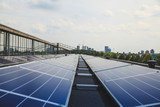The Importance of Sustainable Design and the Consequences Without It
Every single product has a story, starting with an idea and going from the extraction of the materials to the production, distribution, consumption, and then finally disposal. Yet there are multiple problems with this system that intentionally prevents sustainability and ends up harming our planet and the people that inhabit it. Those in the United States or other developed countries are, generally speaking, using too many material goods too quickly, and we are running out of resources. The United States has less than 4% of our original old-growth forests left and millions of Americans live without reasonable access to safe and healthy drinking water, not to mention the health impacts that many people face due to this detrimental system. In the past thirty years alone, one third of the planet’s natural resources have been depleted. Knowledge of the flaws in our consumer economy is the first step in taking action to stop these malevolent effects. The public needs to understand that the government and corporations created this system intentionally and that the rate of consumption is increasing faster than our rising population is, and we will soon exceed our planet’s limits. U.S citizens rarely pay the external costs of our products (the negative environmental or other consequences of producing or purchasing a good aside from what you actually paid for it), yet everybody will pay for them eventually if we don’t change the structure and purpose of our economy.
Our government is intended keep us safe and look out for our best interests, yet the presence of big corporations that have more money and power than ever before puts pressure on the government to protect or even prioritize such companies and their interests. Famous environmentalist David Orr said that “economic growth … has come to be the central mission of all developed and developing societies,” and this idea is often defended by claiming that such growth will help us all, including those with limited financial means. Yet that is not always true; the benefits of economic growth are mostly seen by the wealthy, and the gap between classes only grows alongside it. Growth alone should never be a goal as it does not in itself create health or happiness, and it cannot go on forever; we are reaching our limits. Statistically speaking, Americans were the happiest in 1957 — at the start of the consumption boom — and have never been as happy since. By relying on material goods rather than social connections, health, or other joys, our focus on materialism is actively making the people unhappy, and our planet is being destroyed in the process. Such ideals create a primary identity of being a consumer, suggesting that if you don’t own or buy stuff that you don’t matter, so we simply continue the cycle of consumption.
Many people claim that population growth is the leading cause of environmental degradation, yet it isn’t that simple. The average person now consumes twice as much as they did 50 years ago, and this takes a huge toll on our planet. The United States only has 5% of the world’s population, yet we use 30% of the planet’s resources. We are on what is sometimes called the work-watch-spend treadmill: People work to make money to survive, come home and relax to television (where we see countless commercials), go out and buy the things in the ads because we are told it will make us a better citizen or increase our social status, go to work to pay for those things, and it just goes on and on. The industry keeps it going by creating planned and perceived obsolescence, where goods are either made to be thrown away and replaced or known socially to be out of style or old. Six months after their original purchase, only 1% of all products in the U.S are still in use, and people rarely see or know where exactly the rest end up. Each person in the U.S makes on average about 4.5 lbs of garbage per day, and it all must go somewhere.
This lack of knowledge stems from externalized costs or aspects of the system that cause harm to the environment or other people yet are not included in the consumer price. The environment pays with loss of natural resources; over 4 billion pounds of pollution per year just from U.S industry, as well as the significant loss of biodiversity and soil health, etc. Vulnerable populations pay by loss of their land, polluted air and water, reproductive or other health problems, and many other ways. Americans don’t want to pay or face these costs, so we get our resources from other places, move our factories over to other countries where foreign factory workers see the health impacts, and even export our trash. However, we will all see these costs eventually. When we move our factories, the pollution still comes back to us through wind currents. The costs of extraction and production are seen worldwide through climate change, and the toxins we create can enter our bodies through the products we buy and use even when we are able to escape the other environmental health risks.
Once the public understands the true costs of overconsumption and the flaws in our unsustainable system, we can start to make a change. We live in a waste-making country. Recycling helps but is not and can never be enough to create a sustainable future. We need to redesign our products to be truly sustainable and use less resources and toxins during extraction and production, as well as prolong the use of our goods and recycle them to limit overconsumption and harm from their disposal. Most importantly, we need to ditch the rat race and alter our country’s mindset to change our goals from infinite growth to things that are more attainable and beneficial for all of humanity: our health and happiness.
Here at Just Honest, we try and do our part in this by supporting brands that truly take sustainable design into account and take responsibility for the entire lifecycle of the product and their company’s impact on the planet. We aren’t perfect, and we are always seeking out better products and more sustainable practices, but we do our best to truly reduce waste with the use of our products. Not only do we vow to make up for any inevitable environmental harm created throughout their lives, but we also strive to help pave the way for more sustainable product chains and a greener future for us all.
Recent Posts
-
Air Quality Conundrum in Delhi and the Challenges of Environmental Science
The headline of a story published on CBS news on November 14th of this year read that residents of t …Dec 3rd 2024 -
The Importance of Environmental Engineering
In 1854, John Snow (no, not the Game of Thrones character), a physician investigating cholera outbre …Nov 26th 2024 -
A Sustainable and Ethical Thanksgiving
The story of the first Thanksgiving is commonly portrayed as a time when friendly Indians greeted th …Nov 25th 2024




